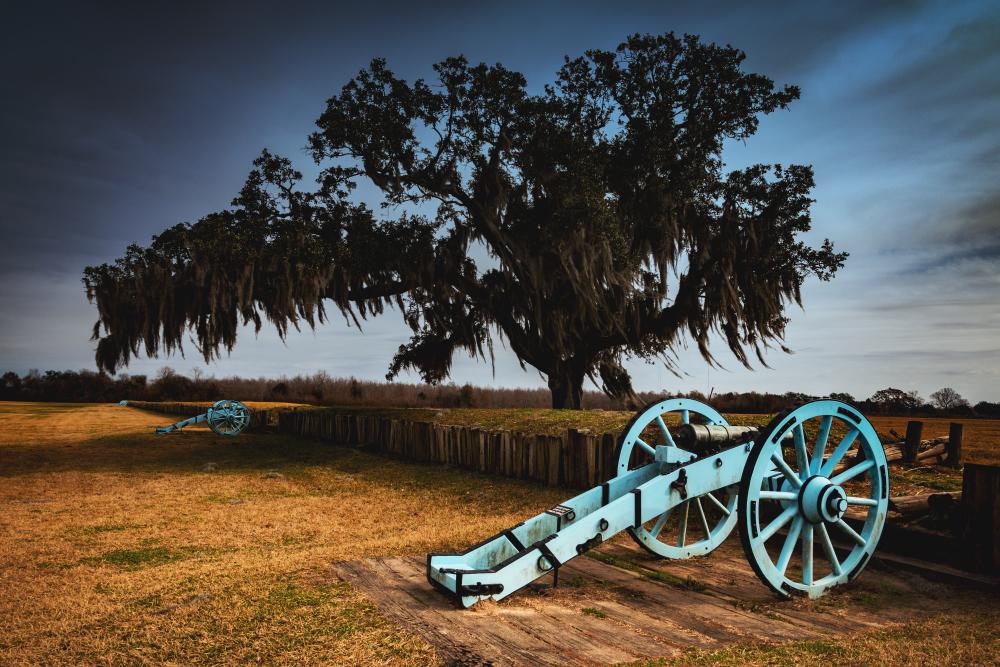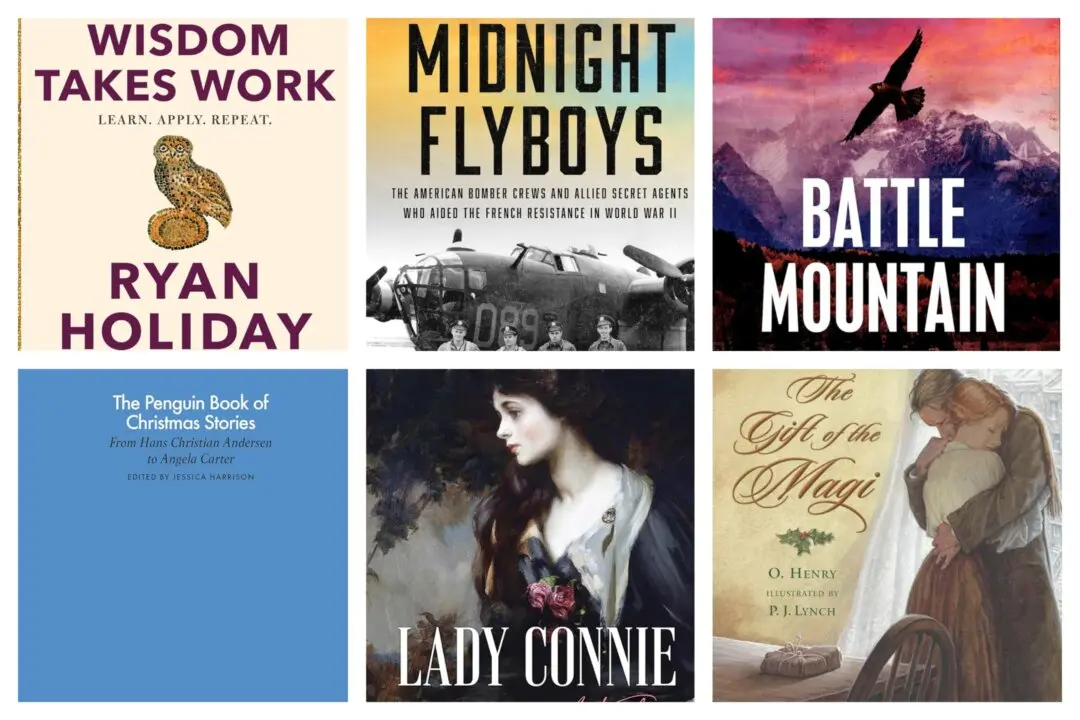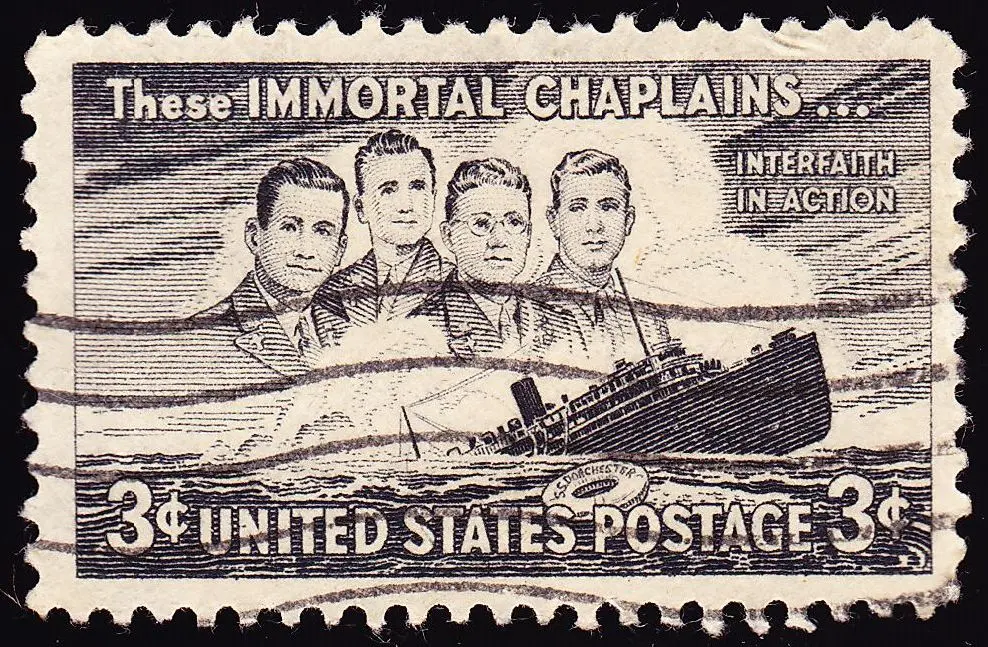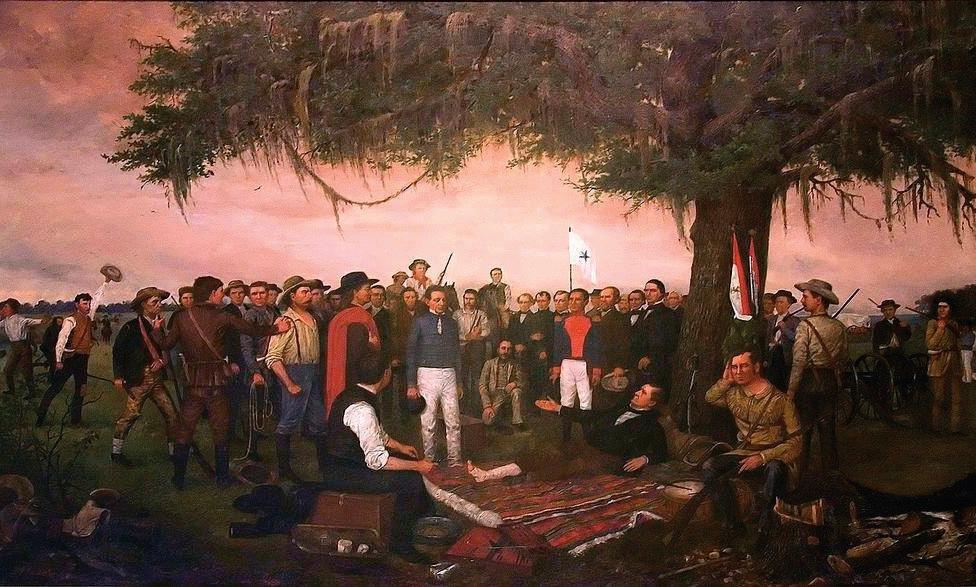In 1814 we took a little trip Along with Colonel Jackson down the mighty Mississip We took a little bacon and we took a little beans And we caught the bloody British in the town of New Orleans
Well, we fired our guns and the British kept a-comin’ There wasn’t nigh as many as there was a while ago We fired once more and they began to runnin’ On down the Mississippi to the Gulf of Mexico
So begins Johnny Horton’s 1959 song “The Battle of New Orleans,” which to this day many adults who were then kids can still sing word for word. Written 23 years earlier by a high school history teacher, Jimmy Driftwood, “The Battle of New Orleans” was originally titled “The 8th of January,” the date in 1815 when Andrew Jackson’s ragtag army delivered a knockout defeat to British forces. The tune, light humor, and dash of American braggadocio made this song a No. 1 hit and brought renewed attention to this historical event.Militarily, this last battle of the War of 1812 proved unnecessary, as American and British negotiators had signed the Treaty of Ghent weeks earlier. Word of the peace failed to reach the British and American commanders before the battle took place.






